75th Anniversary of VE Day
There are a number of important dates coming up this year that mark significant events from World War 2. The first of these is Victory in Europe Day, generally known as VE Day in the United Kingdom (or V-E Day in North America). It is a day celebrating Nazi Germany's unconditional surrender on 8 May 1945, and the end of World War 2 in Europe.
Since then, this has remained a very important day of commemoration across Europe, though in some countries it is their day of liberation that is remembered. For example, in the south of the Netherlands, this is the 5th of May.
We continue to give thanks for the enormous sacrifice, courage and determination of millions of people from all around the world, given so that we have freedom and liberty today.
We wish to acknowledge the members of the Armed Forces and Merchant Navy from many countries who gave their lives or returned home injured in body and mind, the hard-working women and men at home who operated the factories, mines, shipyards and farms, as well as the police, doctors, nurses, fireman, local defence volunteers and others who worked day and night amid great difficulty, hardship and worry.1, 2
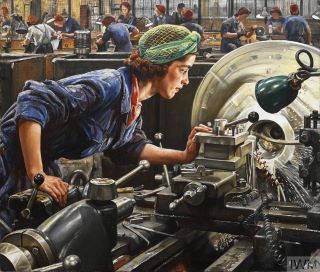
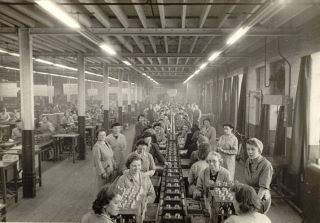
Upon the surrender of Germany, celebrations erupted throughout the western world, especially in Great Britain and North America. More than one million people celebrated in the streets throughout Great Britain to mark the end of the European part of the war.
In London, crowds massed and cheered in Trafalgar Square and all the way up the Mall to Buckingham Palace, where King George VI and Queen Elizabeth, and the Princesses Elizabeth and Margaret appeared on the blacony eight times, and once accompanied by Prime Minister Winston Churchill. Princess Elizabeth (the future Queen Elizabeth II) and her sister Princess Margaret were allowed to wander incognito among the crowds and take part in the celebrations.3
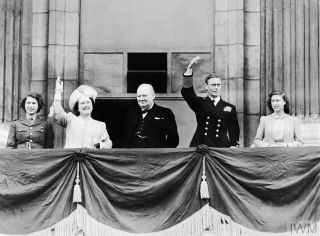
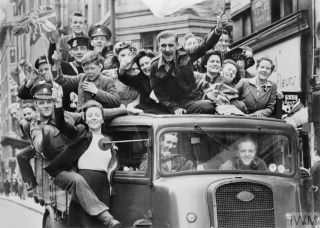
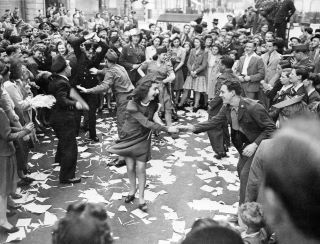
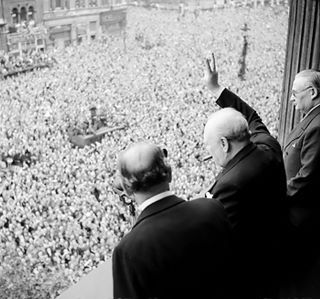
However, both Churchill and US President Truman pointed out that the war against Japan had not yet been won. In his radio broadcast at 15:00 on the 8th of May, Churchill told the British people that: "We may allow ourselves a brief period of rejoicing (as Japan) remains unsubdued". In America, Truman broadcast at 09:00 am and said it was "a victory only half won."2
Japan finally surrendered on 15th of August 1945, after the two atomic bombs were dropped on Hiroshima and Nagasaki. That day is known as VP day, Victory in the Pacific, (or VJ Day, Victory over Japan). But more about that in August.
Whilst it is very important that nations recognise significant occasions and history records the value of the sacrifices made, individuals often have very different reactions and memories.
Not everyone celebrated VE Day. For those who had lost loved ones in the conflict, it was still a time of grief and great sadness. Amidst the street parties and rejoicing, many people mourned the death of a friend or relative, or worried about those who were still serving overseas or missing in action. For many of the widows the war had produced, the noise and jubilation as people celebrated VE Day was too much to bear and not something they could take part in.2
There was also an air of anti-climax. The hardships of the war years had taken their toll on many people and left them with little energy for rejoicing. The strain of air raids, the strictures of wartime life and the impact of rationing all left their mark on a weary population who knew there were more difficulties yet to endure.2
Everyone was worn out with the worry of it all. Rationing continued for many years afterwards; there was immense rebuilding to be done; and so returning to some semblance of normal daily life took quite some time.
Apart from many souvenir newspapers and magazines, some artists recorded this momentous day in paintings:
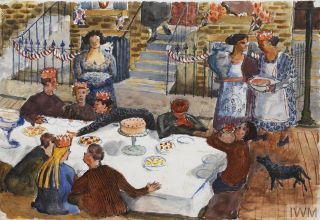
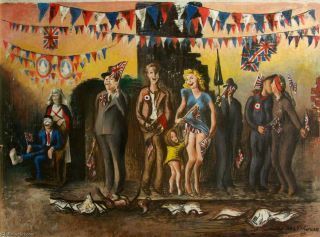
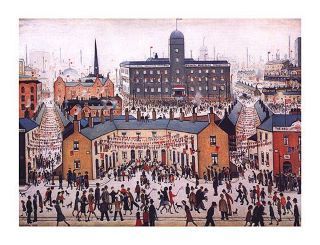
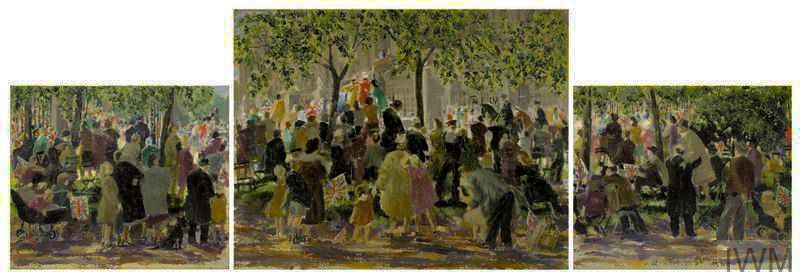
Unfortunately, the many celebrations and commemorations planned for the 75th anniversary in the UK this year, 2020, will have to be deferred to a later time.
Meanwhile, you may like to see some original footage of events as they unfolded in Britain in 1945:
Footnotes
- Adaptation with thanks to VE75.org
- Photos and text courtesy of the Imperial War Museum (IWM.org), unless otherwise stated.
- With thanks to en.wikipedia.com
